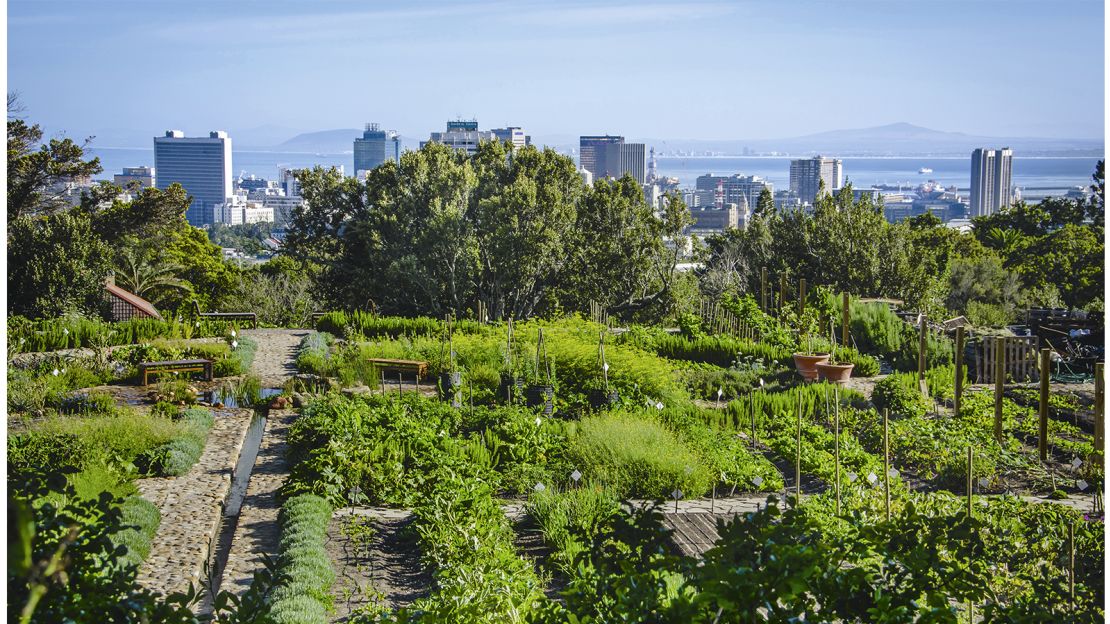Not known Facts About City Blooming
Not known Facts About City Blooming
Blog Article
Some Ideas on City Blooming You Need To Know
Table of ContentsThe smart Trick of City Blooming That Nobody is Talking AboutGet This Report about City BloomingThe Best Guide To City Blooming7 Easy Facts About City Blooming ShownOur City Blooming Statements
Intrigued in expanding food to buy in the City of Chicago? Believing regarding starting a neighborhood yard? Adjustments to the Chicago Zoning Statute allow agricultural uses like community gardens and urban ranches in several parts of the city. Below is a list of often asked concerns relating to the rules and regulations that cultivators should consider when intending an urban farming project.
The zoning change does not change any kind of various other codes taking care of composting, building permits, purchasing or renting City owned property, organization licenses or environmental contamination. There are existing codes that manage these issues and they continue to be in full impact and might be appropriate to your task. Area yards are normally possessed or managed by public entities, civic companies or community-based companies and preserved by volunteers.
Urban farms grow food that is intended to be marketed, either on a not-for-profit or for-profit basis. Because of their commercial objective, metropolitan ranches call for an organization certificate. Yes. A community yard is allowed to sell surplus create that was grown on site if the sales are accessory or subordinate to the yard's key objective explained over.
The Buzz on City Blooming
The amount of garden compost product can not surpass 25 cubic yards at any type of offered time according to the criteria in 7-28-715 of the City's Municipal Code. Because the dirt at a lot of new garden websites requires changing, garden compost, dirt, timber chips, or other materials can be acquired to construct or improve the growing area.

If a structure permit is called for after that the hoophouse will be taken into consideration an accessory structure. You can find out even more regarding the structure permit demands by speaking to the Division of Structures. The 25,000-square-foot size restriction is meant to avoid a solitary area garden from dominating an offered block or detracting from the block's existing domestic or business personality.
The limitation does not relate to yards situated in Public Open Room (POS) areas. Can there be greater than one neighborhood garden that is 25,000 square feet on a single block? Yes. The dimension restriction uses to specific gardens, not to private blocks. No. Fencing is not needed, nevertheless, yards that have large parking lot might be needed to install fencing or various other landscaping attributes.
City Blooming Things To Know Before You Buy
B1 & B2 districts require that all industrial use activities be performed indoors. R areas limit business activity. The laws mirror the objective and intent of the Zoning Code. Is secure fencing needed for urban ranches? Yes. Fencings may be required, together with landscape design and screening, for certain car park locations and exterior work or storage areas depending upon place and the details task occurring.
Yes. Urban ranches need building licenses and zoning authorizations prior to construction. Various other eco-friendly practices kinds of city testimonial might be required depending upon specific structures, activities, size, landscape design, licensing, public heath and stormwater management issues. Much of these requirements are determined in the task design or permitting process, however, the applicant might be liable to independently identify specific licenses or permits that may be required.
Yes. The sort of certificate is established by what is taking place at the site. The Department of Organization Affairs and Consumer Protection can assist identify the particular kind of organization permit that's required. Yes. Off street vehicle parking is needed for the majority of business tasks in Chicago. The called for number of auto parking spaces is based upon the number of employees servicing site and not the square video footage of the growing area.
Getting The City Blooming To Work

Yes. A city ranch can offer compost material generated on website, nevertheless, the operation should conform with the laws in 7-28-715 of the Chicago Municipal Code. Yes. Aquaponic systems are permitted indoors on urban farms in many zoning districts. Nevertheless, a zoning review and building authorization is called for in order to install structures or systems and an organization certificate is required as described above.
Up to 5 hives or colonies of honey bees might be kept as an accessory use. Beekeepers must sign up with the Illinois Division of Agriculture. For additional information about the suggested zoning amendment you might get in touch with the Department of Housing and Economic Advancement, Bureau of Preparation and Zoning at 312.744.8563.
, which takes area in rural areas at the edge of suburbs.
Not known Facts About City Blooming
It can involve a motion of organic growers, "foodies" and "locavores", that look for to form social media networks established on a shared ethos of nature and neighborhood holism. These networks can create using official institutional assistance, becoming incorporated into neighborhood community planning as a "transition town" movement for lasting urban advancement.
The much more direct access to fresh vegetable, fruit, and meat items that may be know through urban agriculture can improve food security and food safety while lowering food miles, leading to lower greenhouse gas emissions, thus adding to environment adjustment mitigation. Several of the first evidence of metropolitan farming comes from Mesopotamia.
Report this page